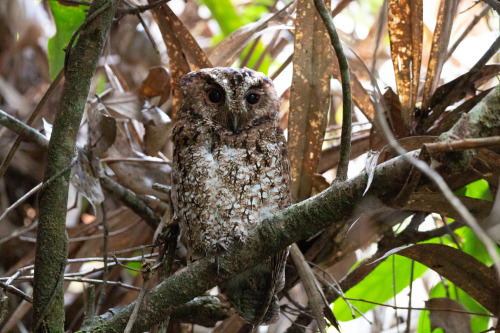Northeastern Evolutionary Psychology Society
Applying Evolutionary Principles to Mind and Behavior
Giant wood moth, Endoxyla cinereus, Cossidae. Found in Australia
Giant wood moths can have a wingspan of around 23 centimeters. Larvae are wood borers, and along with other similar species, are commonly referred to as witchetty grubs. An interesting twitter thread here explaining how the term witchetty grub was derived from an indigenous term
Photos 1-2 by jessster78, 3-5 by questagame, 6-7 by vicfazio3, 8 by rqy-yong, 9 (larvae) by Sputnikcccp, and 10 (pupa) by orlandob
(via symbiotic-science)
In her laboratory in Barcelona, Spain, Miki Ebisuya has built a clock without cogs, springs or numbers. This clock doesn’t tick. It is made of genes and proteins, and it keeps time in a layer of cells that Ebisuya’s team has grown in its lab. This biological clock is tiny, but it could help to explain some of the most conspicuous differences between animal species.
Animal cells bustle with activity, and the pace varies between species. In all observed instances, mouse cells run faster than human cells, which tick faster than whale cells. These differences affect how big an animal gets, how its parts are arranged and perhaps even how long it will live. But biologists have long wondered what cellular timekeepers control these speeds, and why they vary.
A wave of research is starting to yield answers for one of the many clocks that control the workings of cells. There is a clock in early embryos that beats out a regular rhythm by activating and deactivating genes. This ‘segmentation clock’ creates repeating body segments such as the vertebrae in our spines. This is the timepiece that Ebisuya has made in her lab.
(via symbiotic-science)
Scientists say 'freaky fanged frog' hiding in plain sight is a new species
Wake up guys, new frog dro –
The Mindoro frogs live in streams and sport hidden fangs inside their mouths. Herr said the fangs are likely used for combat over mating sites and to fight off predators.
WAKE UP GUYS, NEW VAMPIRE FROG DROPPED
(via symbiotic-science)
Scops-Owl Subspecies Missing for 125 Years Rediscovered in Malaysia
http://www.sci-news.com/biology/bornean-rajah-scops-owl-09620.html
(via symbiotic-science)







